Data Management for LLM Deployments: Importance, Challenges, Best Practices
Share this article
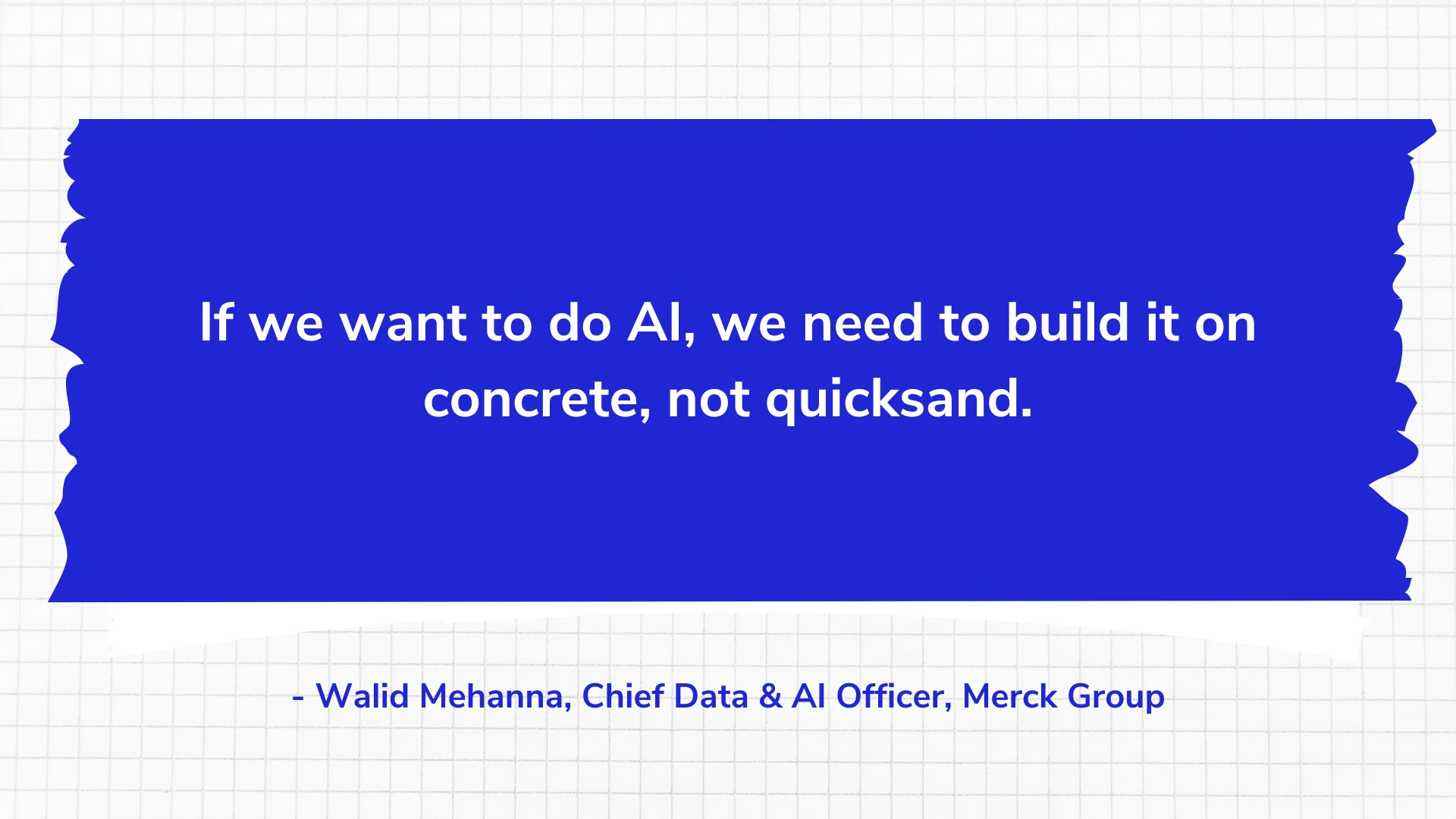
The concrete Walid is referring to is AI-ready data. Data fuels the training and fine-tuning of LLMs, influencing their performance, accuracy, and ethical considerations. That’s why effective data management for LLM deployments is imperative. It ensures the quality, integrity, and accessibility of the vast datasets required for improved LLM training.
In this article, we explore the significance of data management for LLM deployments, address challenges, and provide some best practices to unlock the full potential of these models.
Table of contents #
- LLM deployments: What do you need?
- LLMOps: Importance of data management for LLM deployments
- Challenges
- Best practices
- Drive impact with data management for LLM deployments
- Related Reads
LLM deployments: What do you need? #
LLMs, a subset of generative AI, demand vast text data and computing power. According to MIT Technology Review, GPT-3 trained on 175 billion parameters — the values a neural network tries to optimize during training.
This requires significant computing power.
For instance, training GPT-3 would cost over $4.6M, even with the lowest-priced GPU cloud on the market. LLMs require numerous training runs as they are developed and tuned, so the final cost exceeds $4.6M significantly.
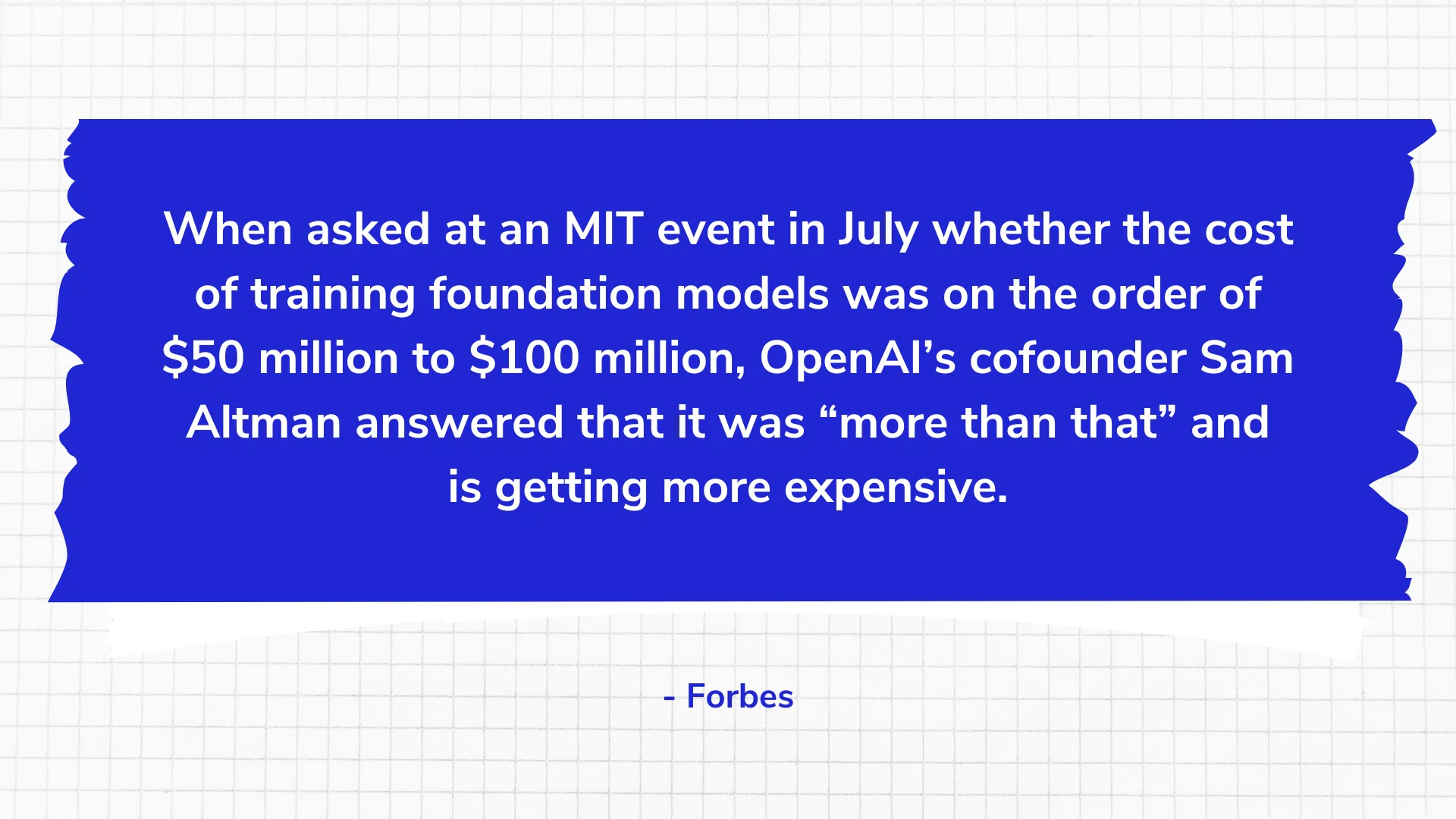
The Forbes article also highlights how “OpenAI itself says that the amount of compute used in the largest AI training runs has been increasing exponentially, doubling every few months.”
Since training LLMs from scratch is expensive, most organizations use pre-trained models like OpenAI’s GPT as a starting point. According to Meryam Assermouh, data engineer at Artefact France, organizations customize pre-trained models using:
- Prompt engineering: Develop clear and concise instructions that guide the LLM toward the desired outcome
- Retrieval-augmented generation (RAG): Ground the model on the most accurate information by providing it with an external knowledge base, enhancing its accuracy and relevance
- Fine-tuning: Adjust the LLM’s parameters using additional data specific to the organization’s needs, improving its performance of specific tasks
Another critical aspect of LLM deployments is effective data management.
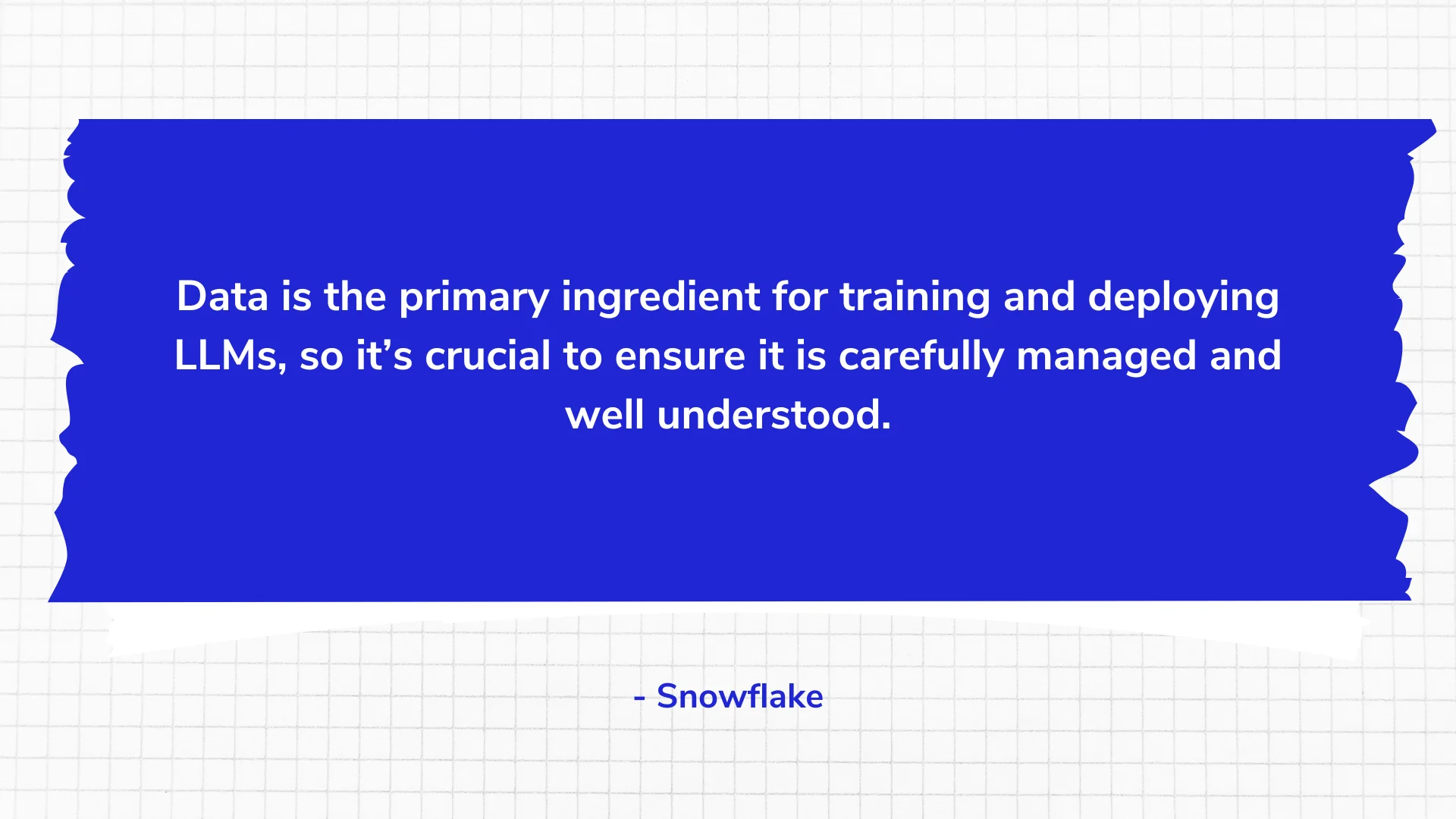
Let’s explore the role of data management for LLM deployments further.
LLMOps: Importance of data management for LLM deployments #
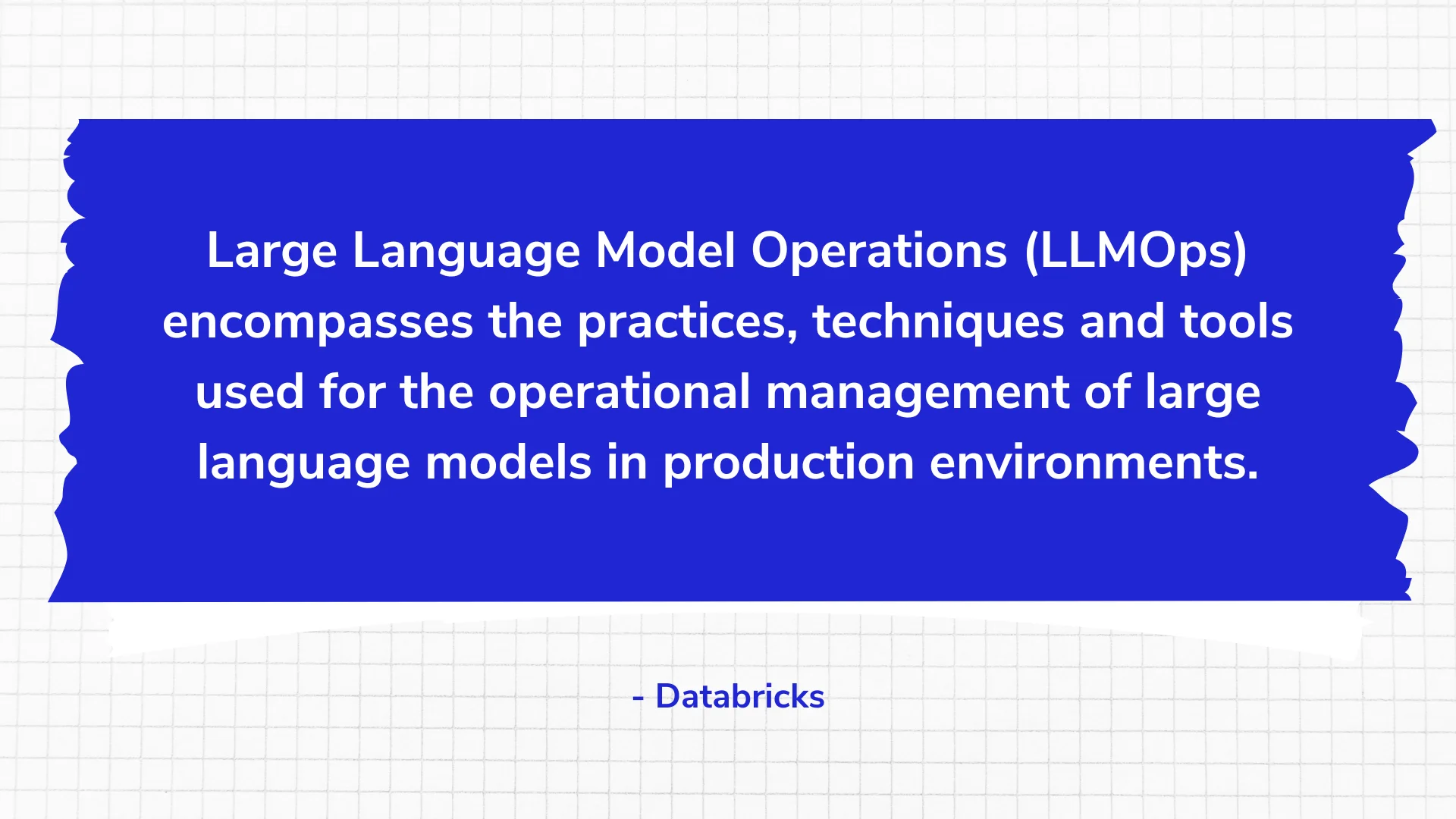
LLMOps is crucial for efficiently deploying, monitoring, and maintaining large language models. One of the core principles of LLMOps is data management.
According to a research report by AWS titled ‘2024 CDO Insights: Data & Generative AI’, 93% of Chief Data Officers (CDOs) interviewed agreed that data strategy is crucial for getting value out of generative AI.
Only 7% of those surveyed already have generative AI use cases in production deployment. That’s because creating business value with AI is only possible with effective data management.
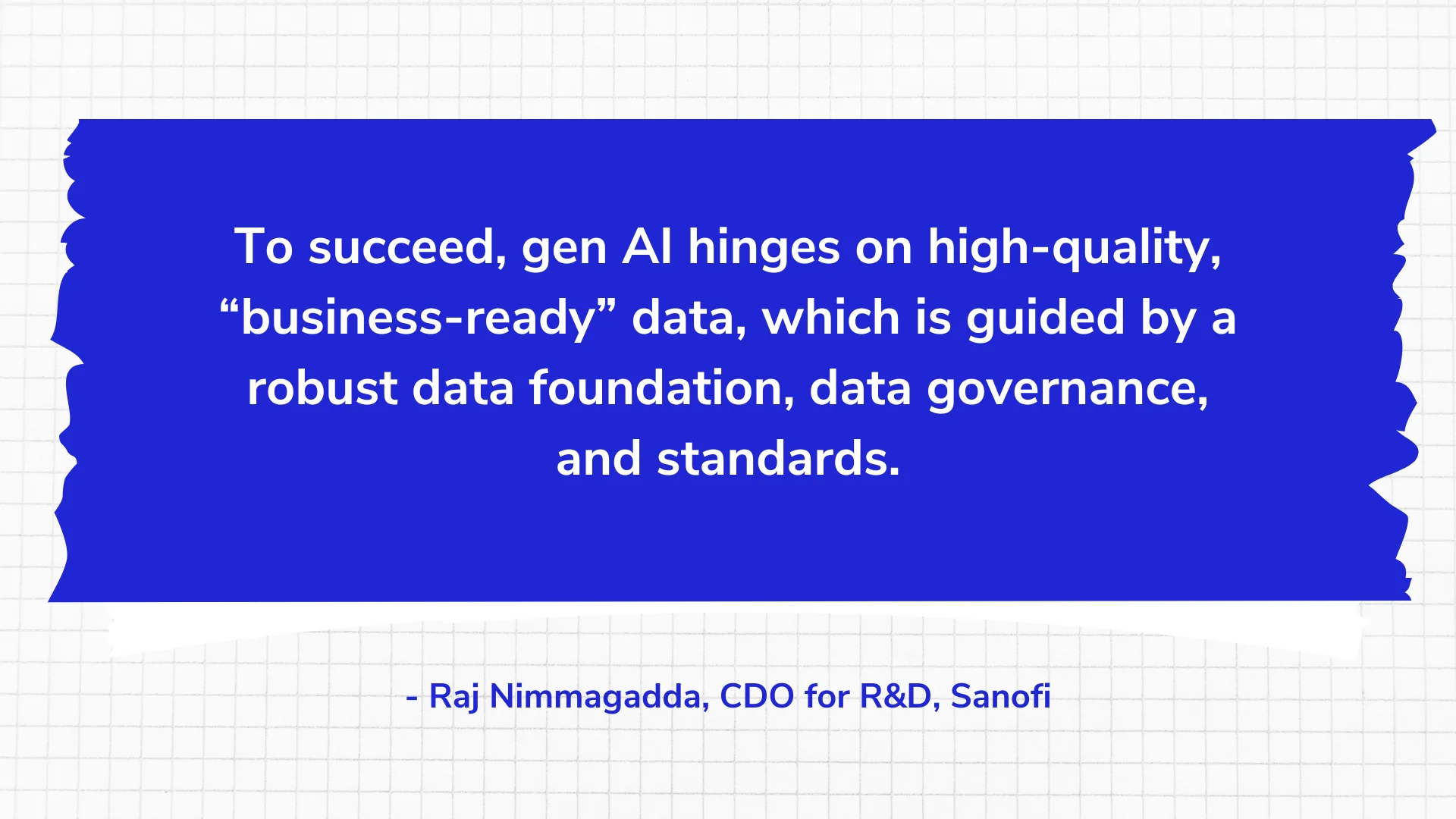
Data management for LLM deployments can involve a range of tasks, from collecting and cleaning the data to storing and monitoring it, as well as ensuring good governance of that data.
Continuous data quality monitoring, for example, is crucial to proactively detect and address data issues that could impact LLM performance. This involves using data quality metrics and dashboard tools to track data quality trends, identify anomalies, and assess the overall health of the data pipeline.
Data governance also plays a vital role in LLM deployments, ensuring data privacy, security, and compliance with regulatory requirements with proper data access control policies, data encryption techniques, and data anonymization practices.
Governance also helps document the changes made to data over the LLMOps lifecycle with data versioning and lineage mapping.
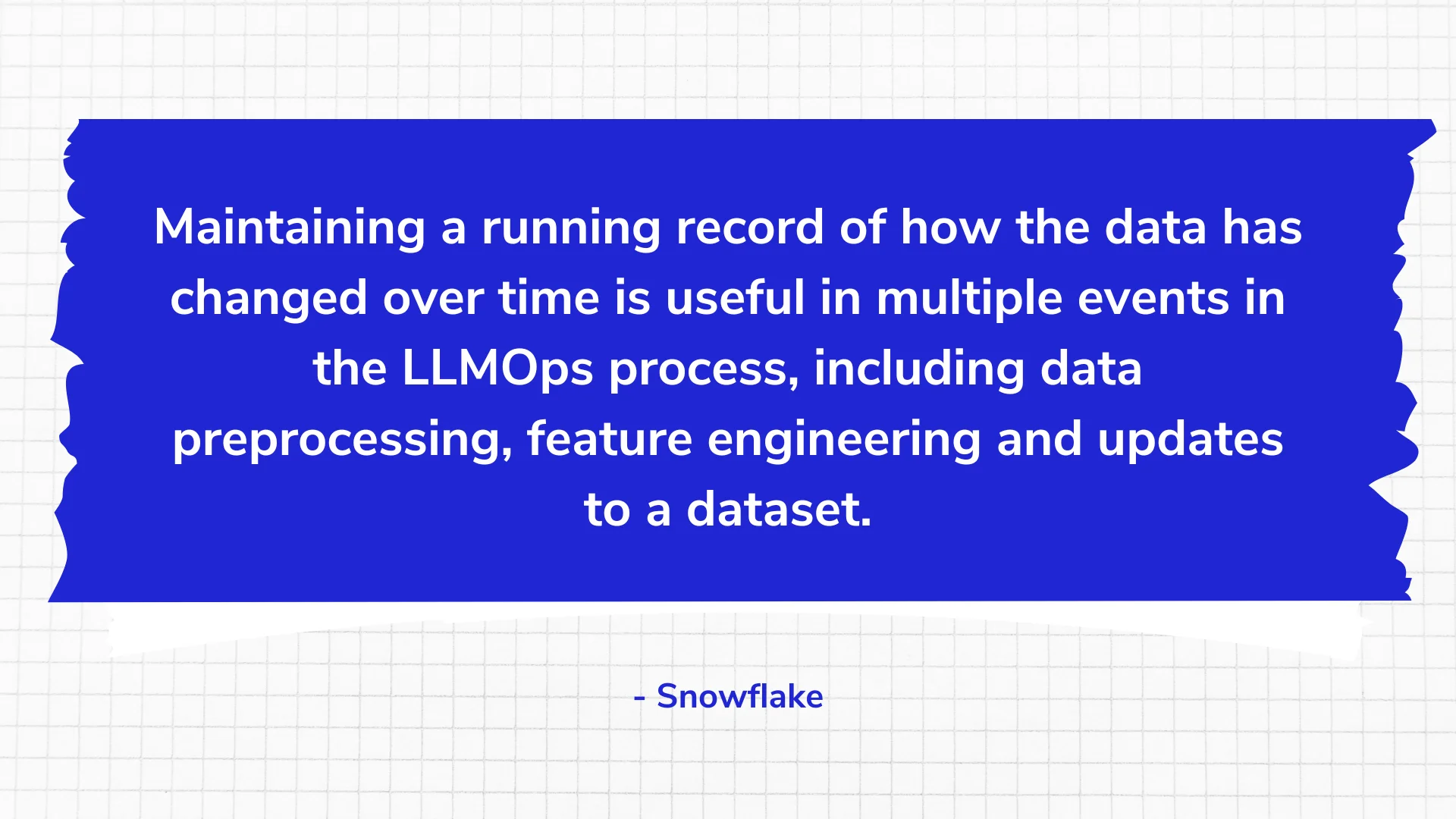
In the upcoming sections, we’ll examine the most common data management challenges faced during LLM deployments and then discuss best practices.
Let’s start with challenges.
5 challenges in data management for LLM deployments #
The five most significant challenges in data management for LLM deployments are:
- Data preparation
- Data storage and processing
- Model versioning and updating
- Mitigating bias and hallucinations
- Managing data privacy and security
Let’s dive into the details of each challenge further and explore how to tackle them.
1. Data preparation #
Data preparation is paramount in leveraging techniques like RAG (Retrieval-Augmented Generation) and fine-tuning for AI models.
Both techniques require AI-ready data, i.e., access to external knowledge bases and internal training data that are high-quality, well-governed, available, discoverable, and easily accessible.
AI readiness in data preparation sets the foundation for successful AI applications and outcomes.
Dive deeper → How to ensure data readiness for AI
2. Data storage and processing #
LLMs rely on vector embeddings — a numerical representation of data (words, images, structures). Vector embeddings are crucial for understanding data meaning and relationships in tasks like sentiment analysis and recommendations.
LLMs need vector databases—specialized databases designed specifically for managing vector embeddings.
According to Roie Schwaber-Cohen, developer advocate at Pinecone, traditional scalar-based databases can’t keep up with the complexity and scale of such data. You need vector indices (like (FAISS, i.e., Facebook AI Similarity Search) or vector databases (like Pinecone).
That means your data must undergo embedding or vectorization — converting the relationships between words and phrases into numeric representations suitable for vector databases.
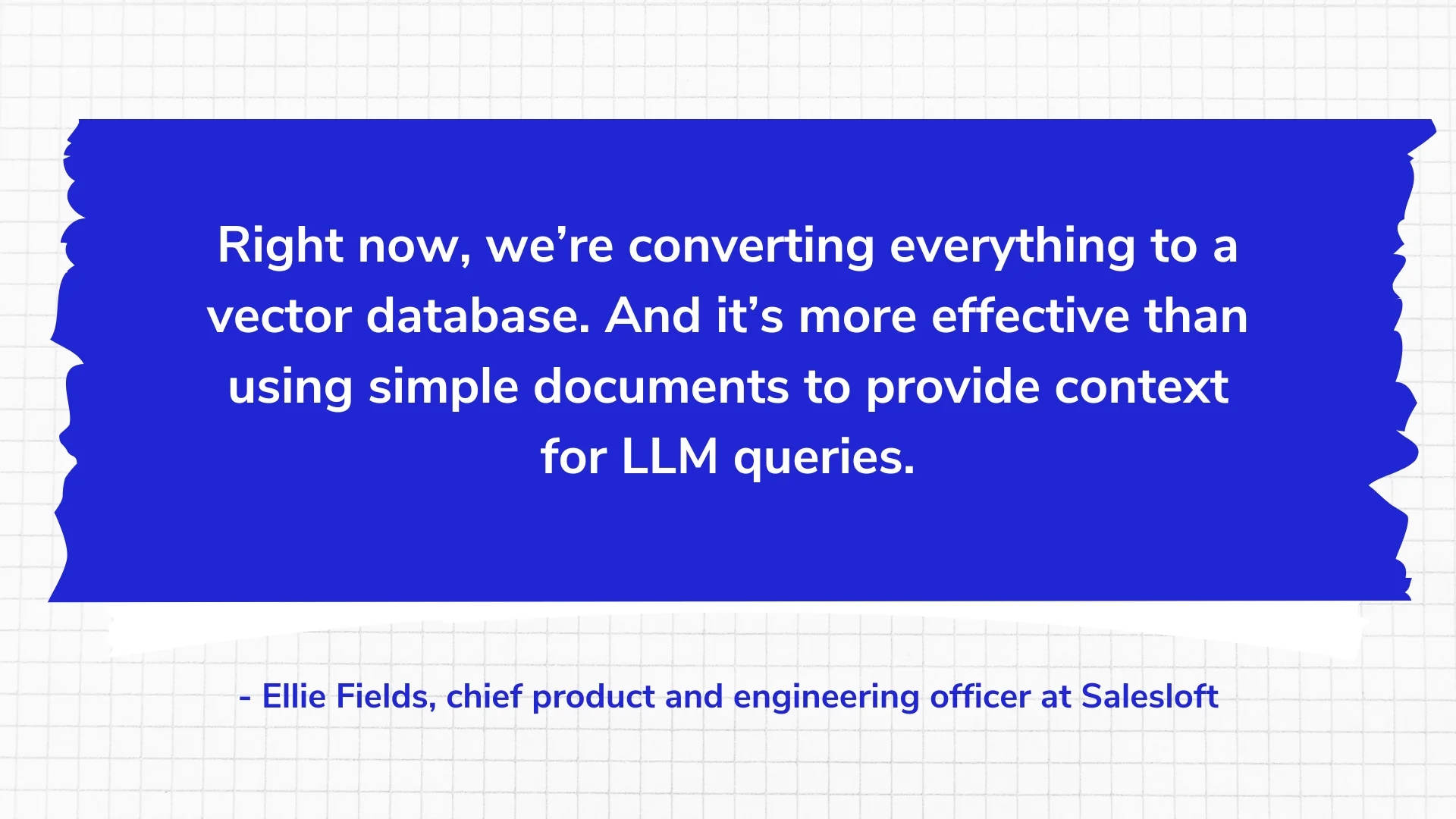
Leveraging vector databases improves LLM performance and streamlines metadata management and scalability.
3. Model versioning and updating #
LLMs may undergo more updates and improvements than regular machine learning models. Additionally, as your use cases evolve, they need further updates. For instance, in fintech, fraud techniques continually evolve, and LLMs should adapt to recognize new patterns and risks.
Model fine-tuning and adaptation to different contexts and domains require careful versioning and management to ensure consistent performance across deployments.
You should track model and pipeline lineage and versions from a single location (like an active metadata management platform). This will also support the management of the assets and the transitions they undergo through their lifecycle.
Neglecting this could lead to unpredictable outputs, unexpected behaviors, and even service interruptions when transitioning to updated versions.
4. Mitigating bias and hallucinations #
Detecting bias and hallucinations in Large Language Models (LLMs) is crucial due to their potential ethical concerns.
Gartner recommends developing policies or controls to detect biased outputs and deal with them in a manner consistent with company policy and any relevant legal requirements.
Another challenge with LLMs is hallucinations — when they make things up, like Google’s Bard citing a nonexistent book.
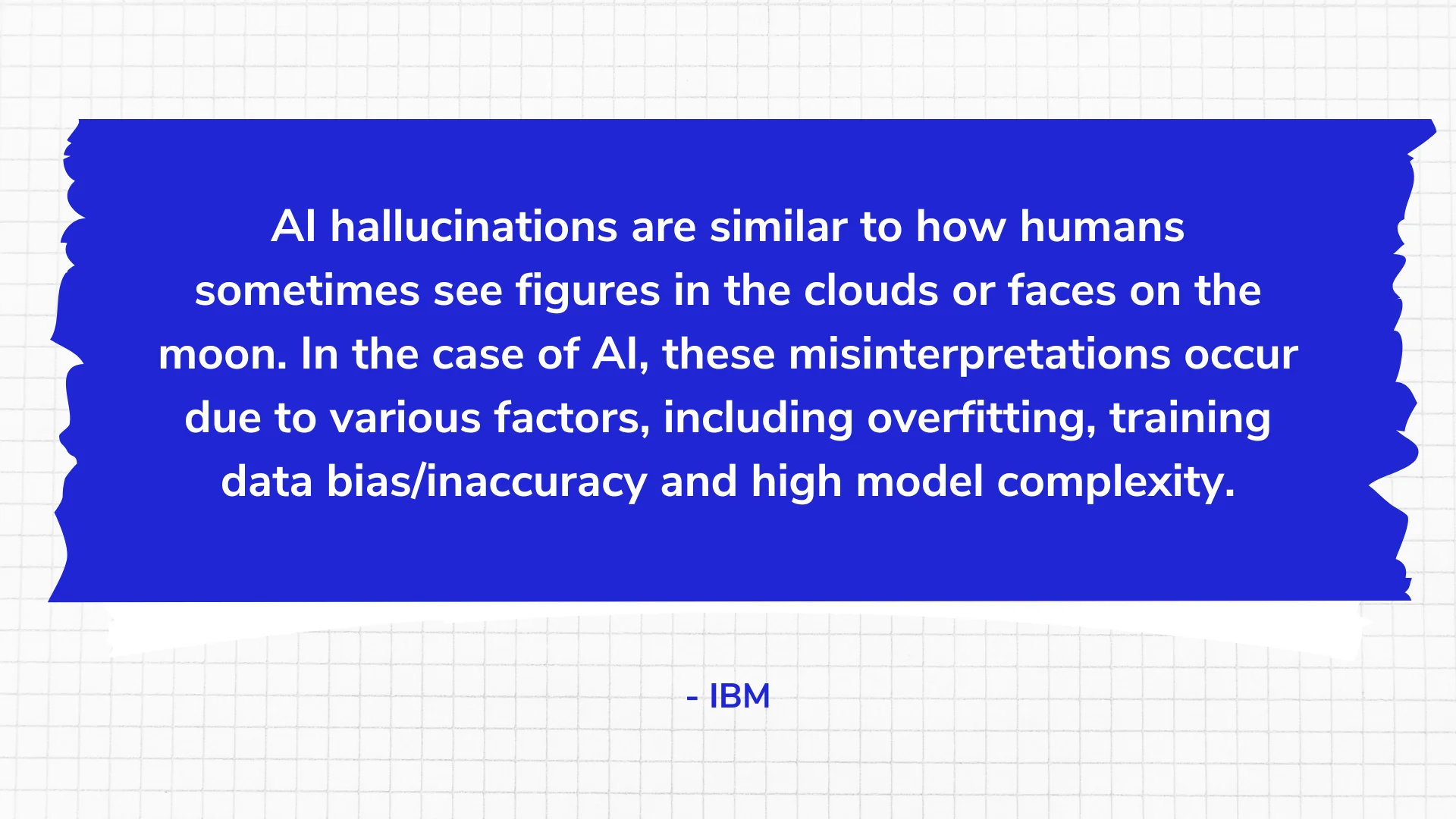
Robust data governance with clear ownership and standards is essential to mitigate these challenges, ensuring trust and reliability in AI applications.
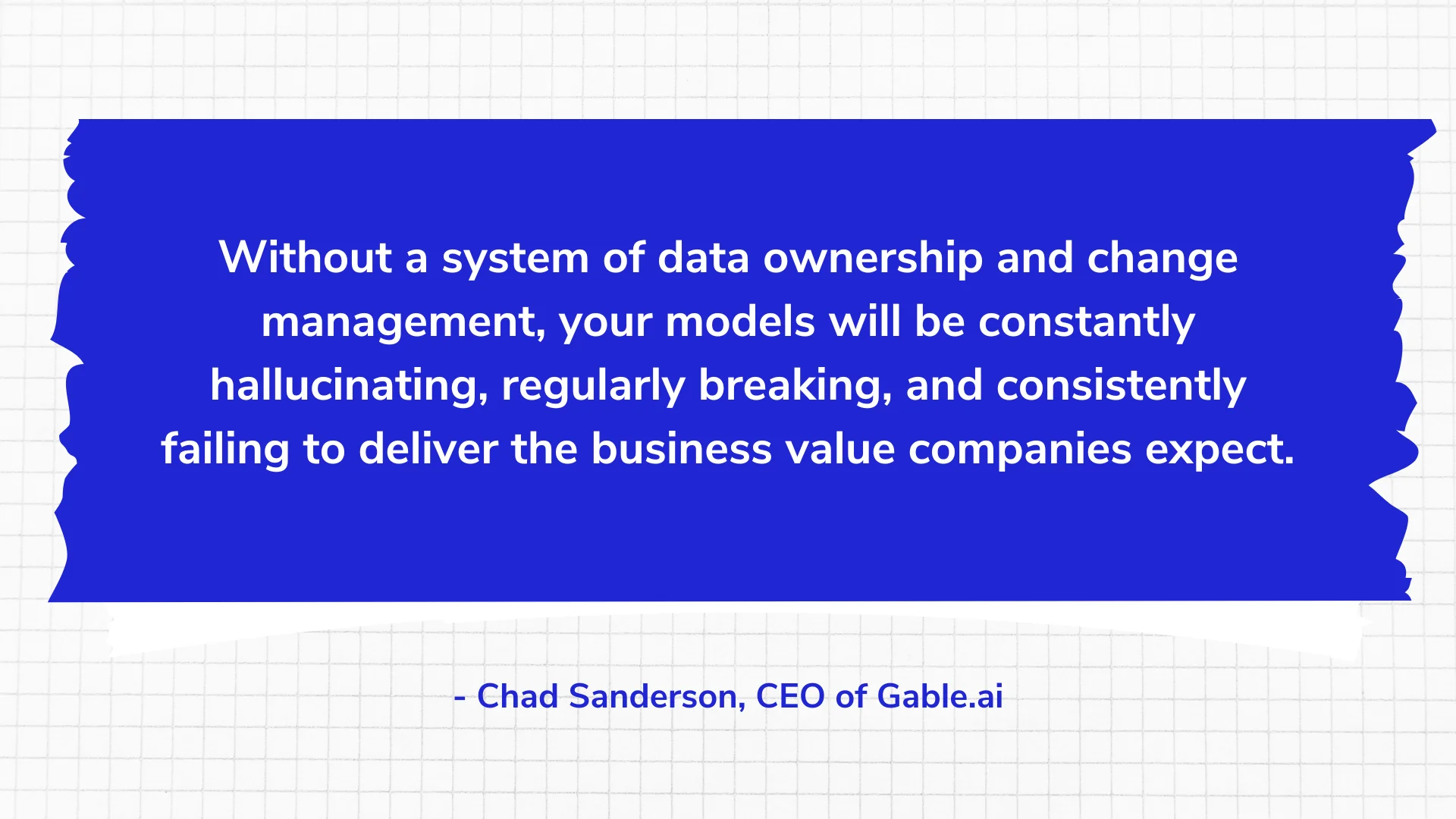
5. Managing data privacy and security #
When LLMs are fine-tuned on sensitive data, improper handling and storage of such data can lead to data privacy and security risks, such as unauthorized access or data breaches.
For instance, OpenAI’s ChatGPT experienced a data breach on March 20, 2023, when payment-related information of 1.2% of the ChatGPT Plus subscribers might have been exposed. After the breach, Italy’s privacy Guarantor banned ChatGPT, and then, conditionally agreed to lift it if OpenAI implemented the outlined data protection requirements.
This incident reflects a growing trend of global regulations to regulate AI tool development, such as the EU AI Act and initiatives in the US and China, further highlighting the importance of effective data governance.
Considering the above challenges, let’s look at best practices for effective data management in LLM deployments.
Data management for LLM deployments: 6 best practices to follow #
Here are six best practices to follow to ensure effective data management for LLM deployments:
- Future-proof your infrastructure
- Implement a data governance strategy
- Ensure comprehensive metadata management
- Improve data preprocessing
- Evaluate LLM performance
- Promote explainability
Let’s explore further.
1. Future-proof your infrastructure #
Infrastructure is a critical component in LLMOps as it is the foundation that supports the entire lifecycle of machine learning models, from development to deployment and continuous learning.
Your infrastructure must be scalable, flexible, reliable, efficient, and secure to support LLM deployments. It should also be capable of automating repetitive processes and actively monitoring key performance metrics and anomalies (in real-time).
2. Implement a data governance strategy #
As mentioned earlier, data governance is central to mitigating risks stemming from LLM use cases. Here’s how Gartner verbalizes the concerns around generative AI applications:
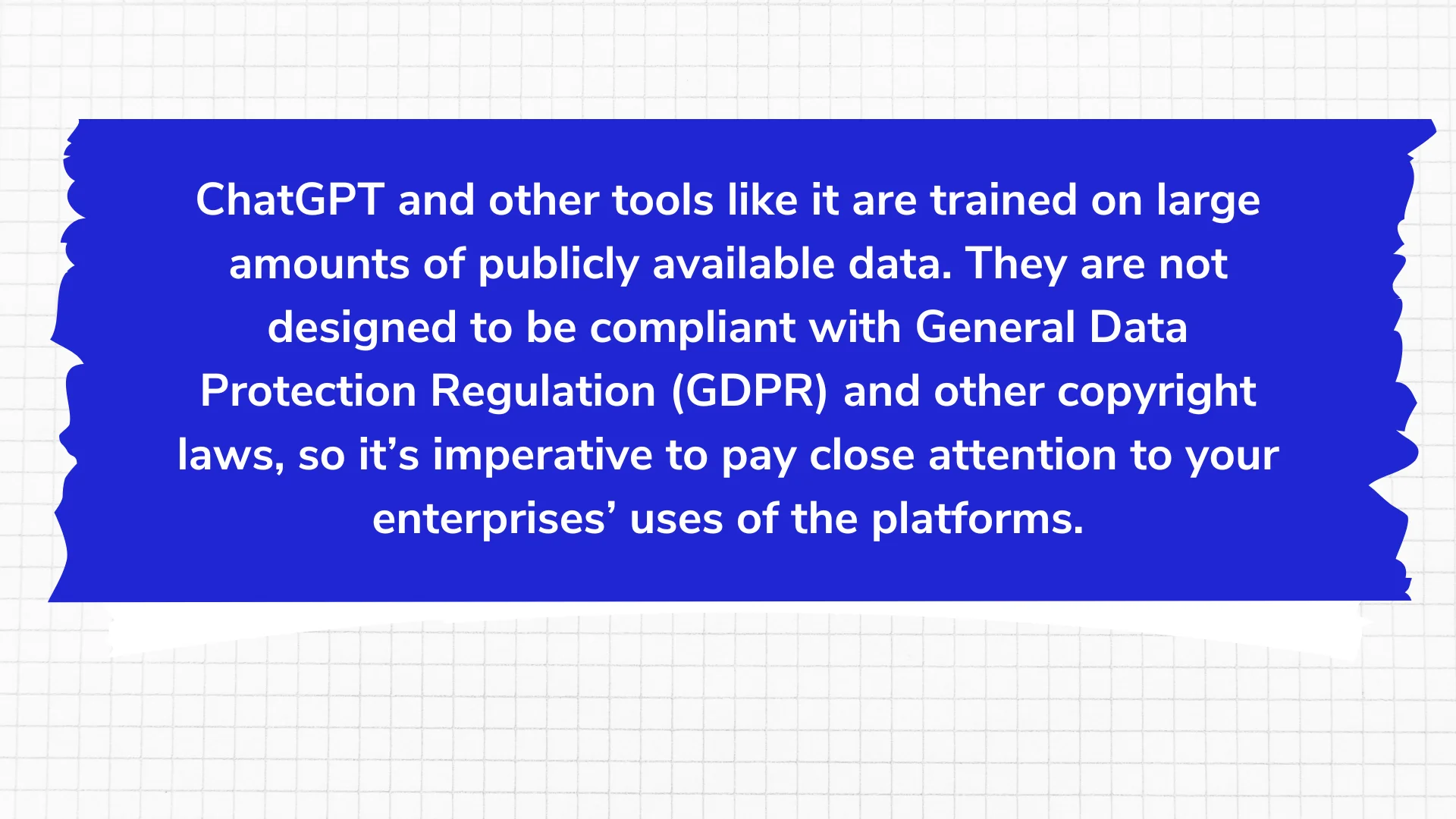
Your data governance strategy for data, analytics, and AI governance should:
- Outline clear roles, responsibilities, and ownership
- Establish granular access controls for data usage in LLMs
- Implement policies ensuring data quality, privacy, and compliance
- Verify the accuracy, quality, and reliability of LLM training data
- Enable data lineage tracking and LLM performance monitoring metrics
Gartner outlines some questions to be asked to mitigate GenAI risks. They also apply to organizations that are pivoting their data governance strategy to account for LLM deployments. The questions are as follows:
- Who defines the responsible use of LLMs across geographies? Who ensures compliance? What are the consequences of irresponsible use?
- In the event something goes wrong, how can individuals take action?
- How do users give and remove consent (opt-in or opt-out)?
- Who will ensure proper functioning throughout the lifecycle, and how will they do so? Do you need an AI ethics lead, for example?
Also, read → Data governance for AI
3. Ensure comprehensive metadata management #
You can improve the relevance of LLM outputs by reviewing your data and metadata management practices.
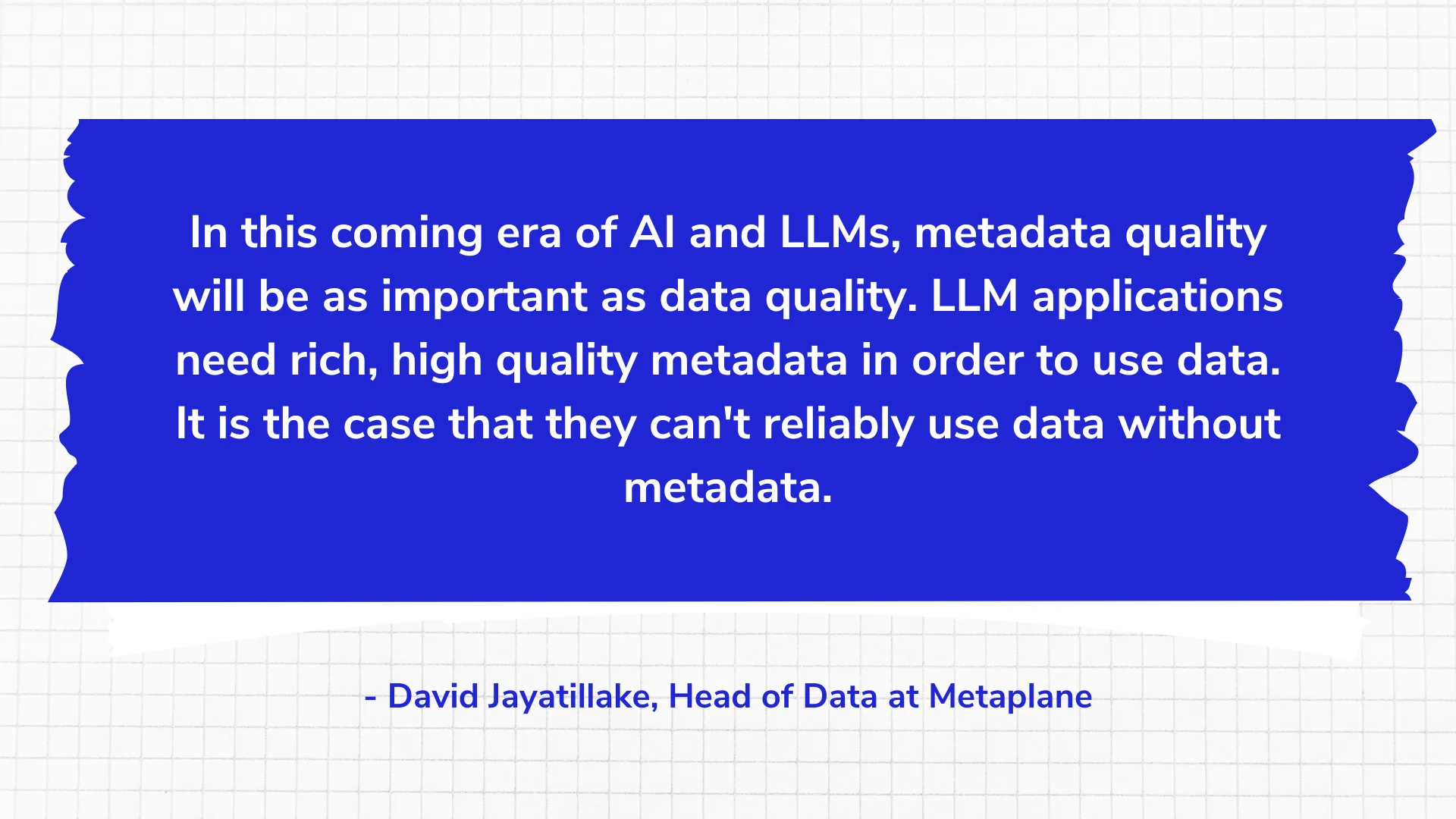
It’s counterintuitive to fix context during the LLM pre-training phase.
Ideally, you should have complete, clear, and correct metadata in a centrally accessible location that benefits humans and LLMs. So, building a single source of truth for your metadata is fundamental to ensuring LLM deployment effectiveness.
Dive deeper → Top 6 Metadata Management Best Practices (Guide for 2024)
4. Improve data preprocessing #
With proper data governance and metadata management practices, you can focus on improving your LLM outcomes.
Since LLMs ingest and process large volumes of data, you must have a proper strategy to implement, improve, and monitor this process. Here’s how you can enhance your data preprocessing:
- Clean and filter data to improve quality
- Annotate and label data with metadata (tags, classifications, certifications, etc.) for context
- Partition data for training, validation, and testing
- Augment data to create a diverse, more robust training set
5. Evaluate LLM performance #
It’s vital to bear in mind that effective metadata management and data governance will boost LLM performance.
The most straightforward approach to assess LLM performance is to test for context relevance, groundedness, and answer relevance.
According to Joshua Reini, a core contributor to the open-source LLM evaluation package TruLens, here’s how you can ensure LLM effectiveness:
- Context relevance: Is the retrieved context relevant to the query?
- Groundedness: Is the response supported by the context?
- Answer relevance: Is the answer relevant to the query?
6. Promote explainability #
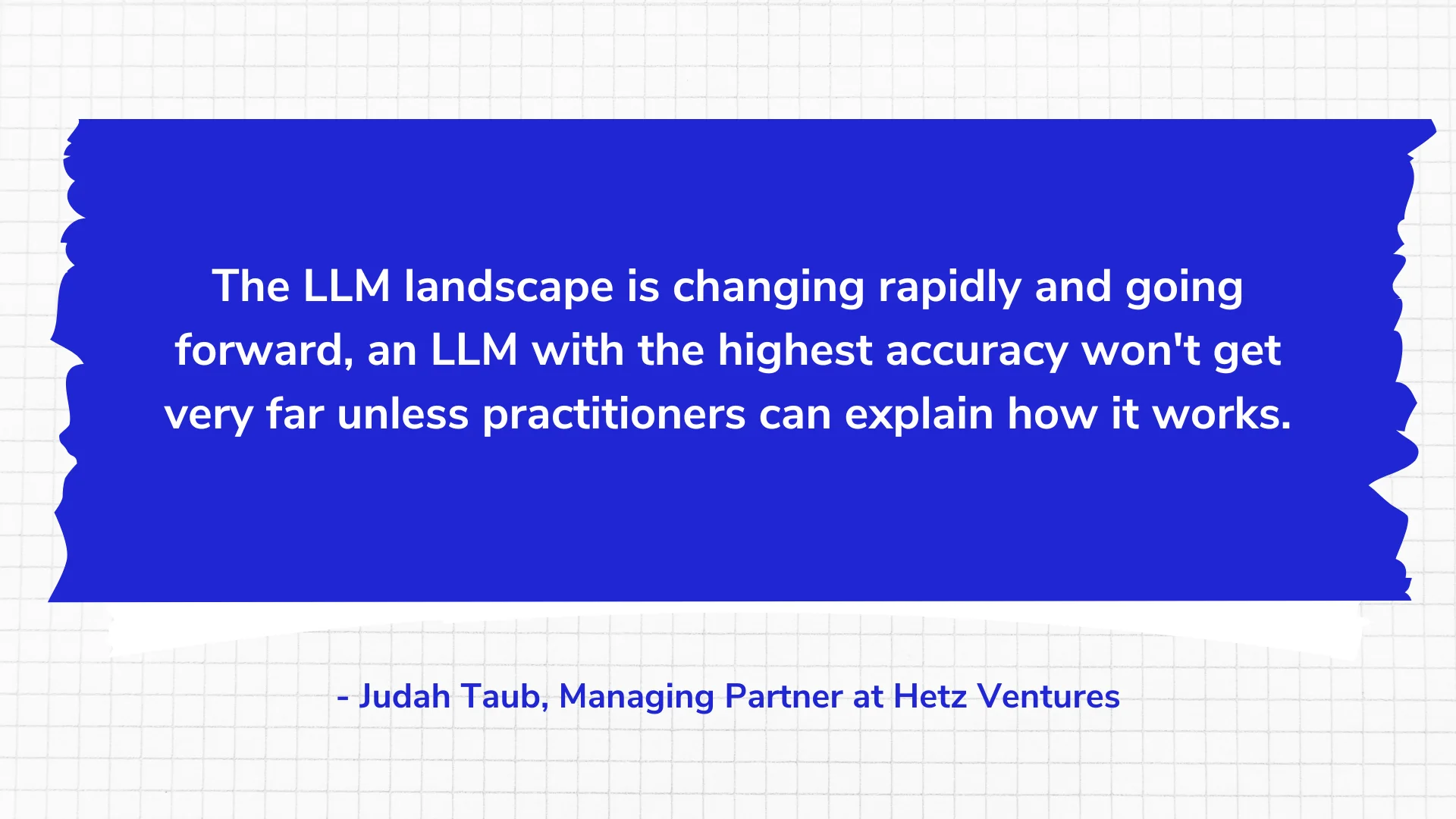
LLM explainability involves understanding and articulating the processes and reasoning behind the decisions made by LLMs. While LLM output accuracy is important, explaining why it reached an outcome is central to promoting trust in AI models.
While LLM explainability is an active area of research, you can start by encouraging open dialog on LLM usage, use cases, benefits, and limitations. Fostering a culture of transparency and open communication can build trust and drive innovative thinking.
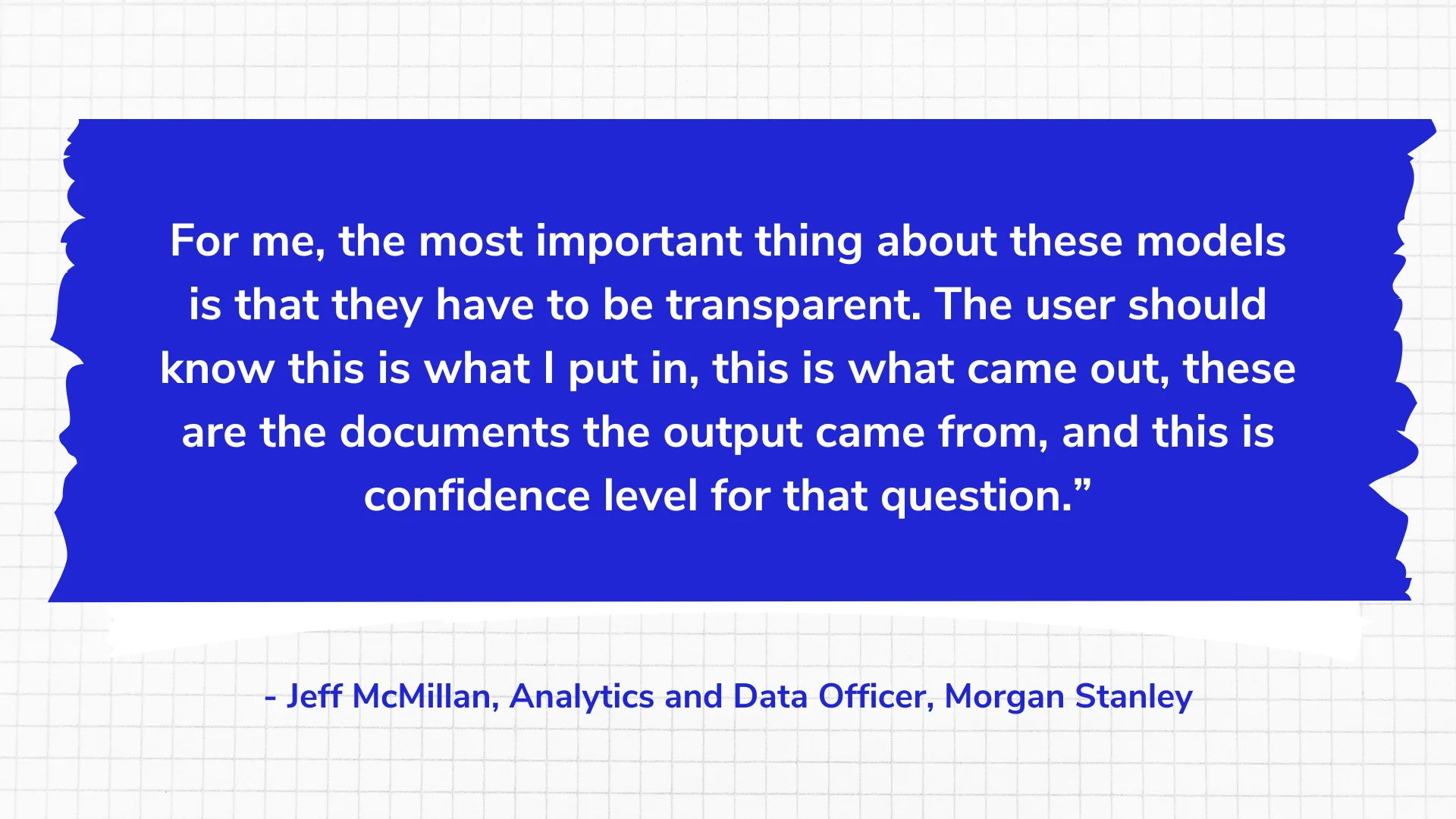
Bottomline: Drive impact with data management for LLM deployments #
Effective data management is pivotal for successful LLM deployments. Ensuring the AI-readiness of your data assets, active metadata management, clear data governance, and future-proof infrastructure are essential. Implementing these practices ensures high-quality data, mitigates risks, and fosters trust in AI.
It’s advisable to continuously monitor and adapt your data management and governance practices to evolving challenges and opportunities in LLM operations.
Data management for LLM deployments: Related Reads #
- Is your data AI-ready? Here’s what you need to know!
- Data Governance for AI
- AI Data Catalog: Its Everything You Hoped For & More
- 8 AI-Powered Data Catalog Workflows For Power Users
- AI Data Governance: Why Is It A Compelling Possibility?
- Atlan AI for data exploration
- Atlan AI for lineage analysis
- Atlan AI for documentation
- What is Active Metadata? — Definition, Characteristics, Example & Use Cases
Share this article











